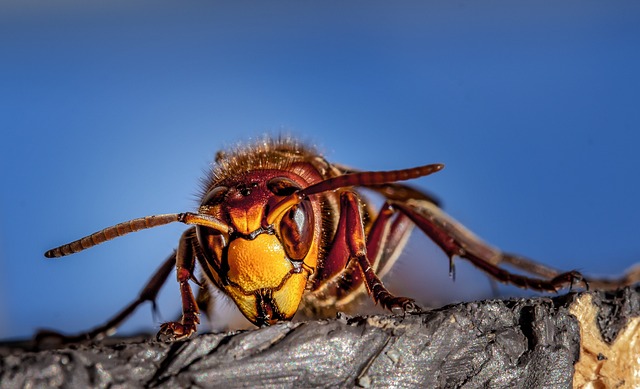Lakewood homeowners should watch for signs of raccoon infestation in attics, such as droppings, scurrying sounds, rub marks on beams, and chewed insulation. Early detection is key to preventing structural damage and health hazards from raccoon waste. Prompt action involves removing contaminated materials, replacing insulation, and sealing entry points to avoid future issues.
In the quiet tranquility of your Lakewood home, an unseen intruder could be causing chaos—a raccoon infestation. Recognizing the signs is crucial for addressing this common issue. This article guides you through identifying a raccoon’s presence in your attic and offers solutions for damage repair. Learn about effective wildlife control methods and essential restoration steps to reclaim your space. Discover how to navigate the process, from spotting the initial signs of a raccoon infestation in your Lakewood attic to restoring it to its former state.
- Recognizing Raccoon Activity in Attics
- Damage Caused by Unwanted Guests
- Restoring Your Space After Infestation
Recognizing Raccoon Activity in Attics

Many homeowners in Lakewood may encounter raccoon activity, especially if they have attics that provide a cozy hiding spot. Recognizing the signs of a raccoon infestation is crucial for prompt action to prevent further damage and potential health hazards. One of the first indicators is the presence of distinctive droppings—dark, semi-solid pellets—in attic spaces, as raccoons often defecate while roosting.
Additionally, you might hear scurrying sounds or notice a strong, pungent odor, both of which suggest that these furry critters are making themselves at home in your attic. Look for small holes or torn insulation, as raccoons are adept at finding entry points and often leave behind visible evidence of their presence. Early detection is key to effective wildlife control, ensuring the safety and integrity of your Lakewood property.
Damage Caused by Unwanted Guests

Unwanted visitors, such as raccoons, can cause significant damage to your home’s insulation and overall structure, especially if they make their way into hard-to-reach areas like attics. The signs of a raccoon infestation in your Lakewood attic are numerous. Look for telltale signs like rub marks on beams, chewing or tearing of insulation, and piles of droppings—all indicators that these creatures have been busy. Raccoons are known to tear apart insulation in search of food or a place to nestle, leaving your home’s protective barrier compromised.
Additionally, their messy eating habits can lead to the spreading of bacteria and parasites. As they forage for food, raccoons may disturb existing insulation, causing further damage and creating hazardous conditions. Homeowners should be vigilant for any signs of intrusion, as prompt action is crucial in mitigating potential health risks and structural harm.
Restoring Your Space After Infestation

After a raccoon infestation, restoring your Lakewood home’s insulation is crucial. Look for signs such as rips and tears in your attic insulation or unusual odours, indicating the presence of animal waste. If you notice any of these signs of a raccoon infestation in my Lakewood attic, it’s time to take action.
Start by removing any contaminated materials and replacing them with fresh, high-quality insulation. Professional restoration services can help ensure that your home is properly sealed to prevent future invasions. By addressing the issue promptly, you’ll not only restore your space but also avoid potential health risks associated with raccoon droppings.
After identifying signs of a raccoon infestation in your Lakewood attic, it’s crucial to address the issue promptly. The potential for damage caused by these unwanted guests is significant, ranging from structural integrity issues to health hazards. Restoring your space post-infestation involves careful cleaning and insulation replacement to prevent future intrusions. By understanding the signs, taking swift action, and seeking professional help, you can ensure your home is secure and comfortable once more.
